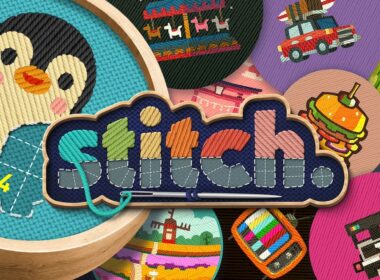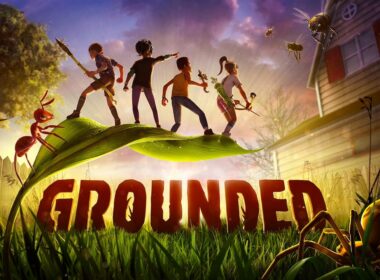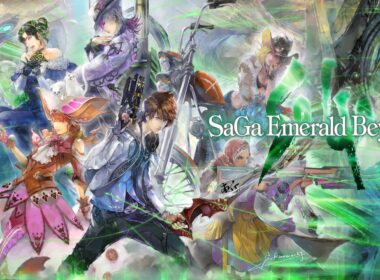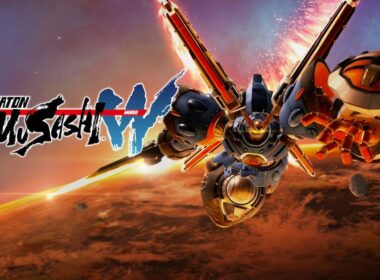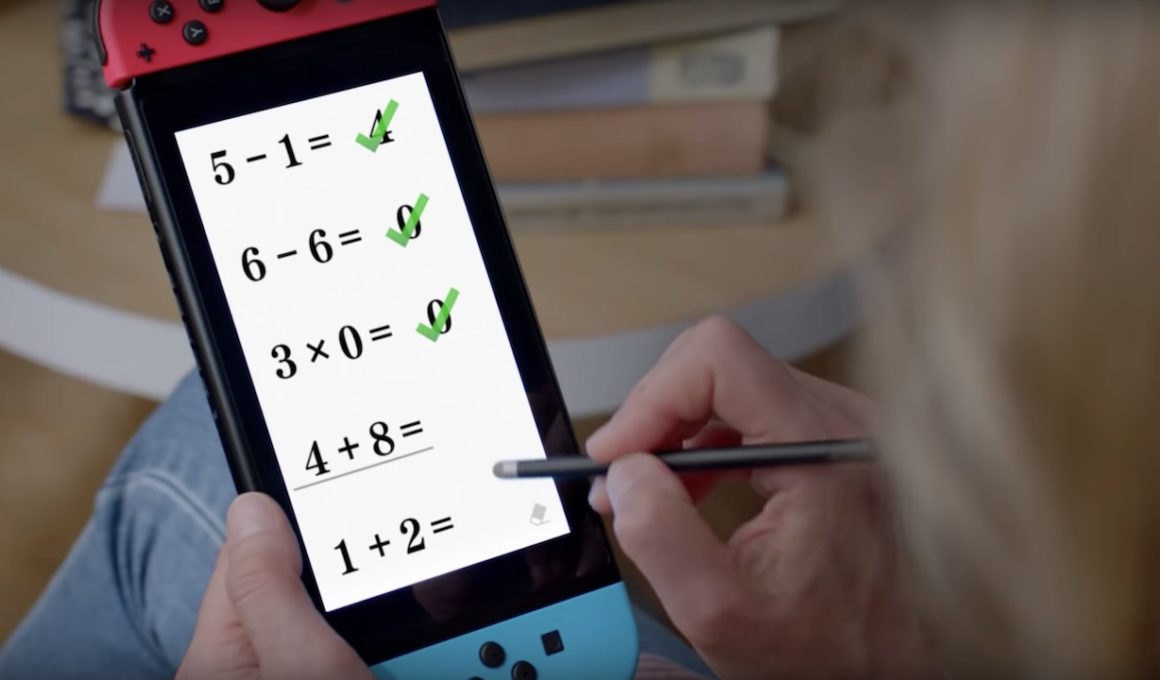There are plenty of series out there that have left me feeling far adrift from genius territory (the Professor Layton games, The Witness and Portal 2 spring to mind but trust me there are plenty more where they came from) but there’s only one that has really felt like it’s tried to help me change that. Dr. Kawashima’s Brain Training on the Nintendo DS was nothing short of a phenomenal hit back in 2006 drawing in players of all types and establishing the console, as a true must-have. My Nan still dips in for a quick quiz every now and again even to this day! Well over ten years later and countless imitations doing the rounds on consoles and smart devices, can the doctor still deliver?
The series has always boiled down to a small assortment of short exercises focused on challenging your mental ability. The doctor’s latest effort is to no surprise any different once again tasking you with everything from simple equations and Sudoku puzzles to memorising pictures on the screen. While we’re never talking the head-scratching levels of a Professor Layton game here, you will find some challenging requests especially when it comes to the memory-based examples.
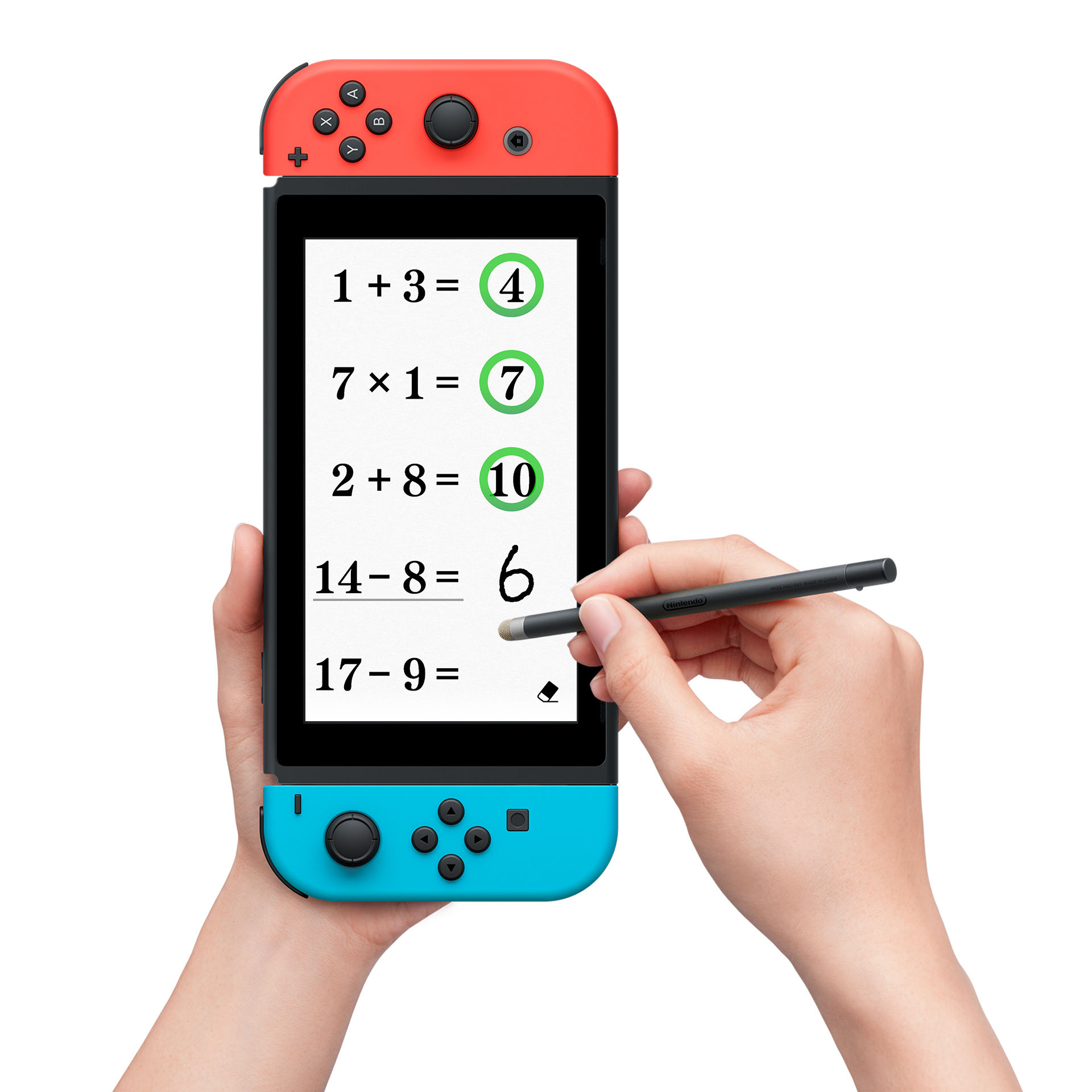
Exercises are for the most part pretty enjoyable, particular highlights including running through twenty-five equations (these include subtraction, multiplication and addition) as fast as possible, selecting the highest number on the bottom half of the screen whilst also timing the jump of a hurdler on top and ordering a group of letters to spell out a word.
Some exercises are downright tough (but equally rewarding) such as studying a list of thirty words for two minutes then trying to repeat back as many as you can. They’re all challenging without being frustrating and more importantly they’re enjoyable, making repeated plays encouraged. I’m a little disappointed at the number of unique exercises included, where even just a half dozen more would have made all the difference.
There are a couple however that are a little less interesting and these tend to focus on reading or speaking instead of actually solving a problem. Reading newspaper articles from the past is neat but hardly what I’d call engaging stuff. Likewise having to count to 120 aloud as fast and clearly as possible is not the kind of thing I found myself eager to do especially if I was out in a public place.
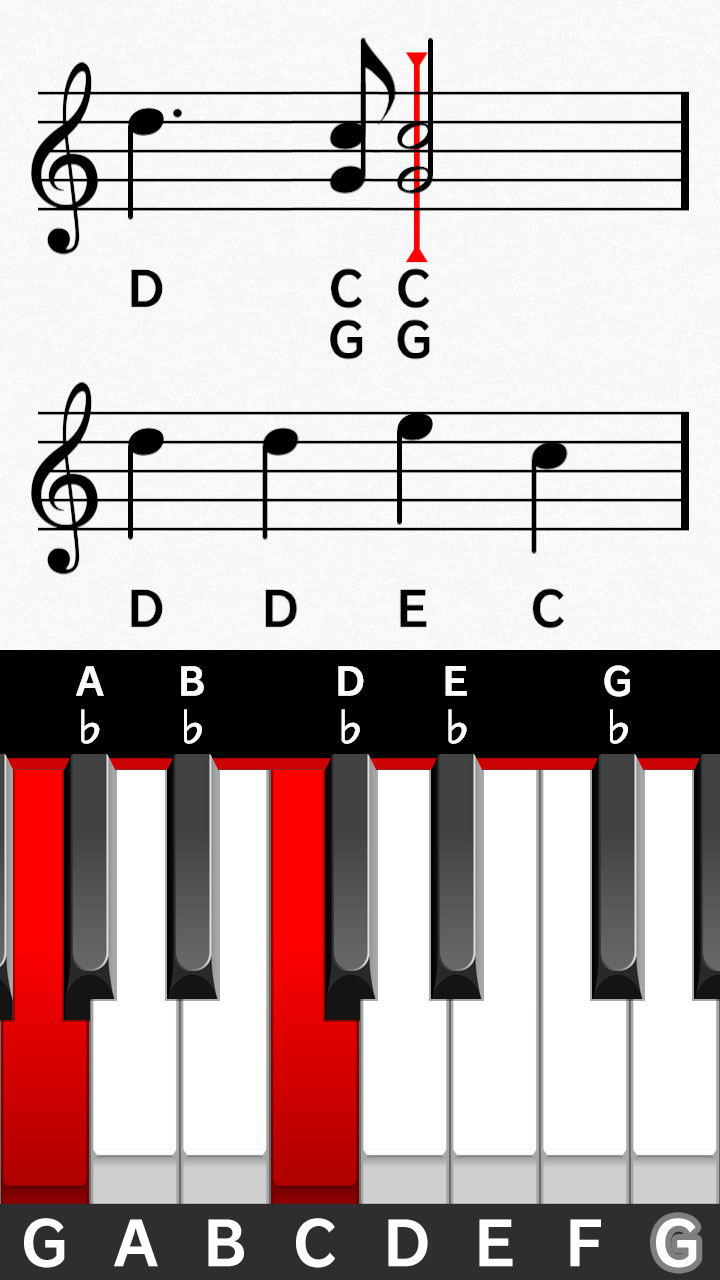
The main attraction of the whole game, of course, is the Brain Age Check, a series of three random exercises focused on measuring your self-control, processing speed and short-term memory. After getting through the trio you’ll then be awarded your brain age – the best being 20 years and the worst 80 – based on your performance. The game will only record one attempt per day but you’re free to try again and again as much as you like for fun. The Brain Age Check shouldn’t take more than five or so minutes making it a perfect length for a short bus ride or even just to break out between other games. Practice mode meanwhile allows you to choose a specific exercise and improve your best time.
All of your progress is recorded to try and beat in a latter attempt or compare with friends and others worldwide and I must admit I found myself getting a great sense of satisfaction seeing my brain age get younger or times shorten while also equally disappointed if I’d performed worse. Fact is if you keep at the game you will get better which in itself drives you further to get closer to that golden target of a twenty-year brain.
Quick play offers the chance to take on another player in a handful of exercises each using a single Joy-Con instead of the touch screen to input your answers. The competitive element fits well so it’s a shame there aren’t more exercises to play.
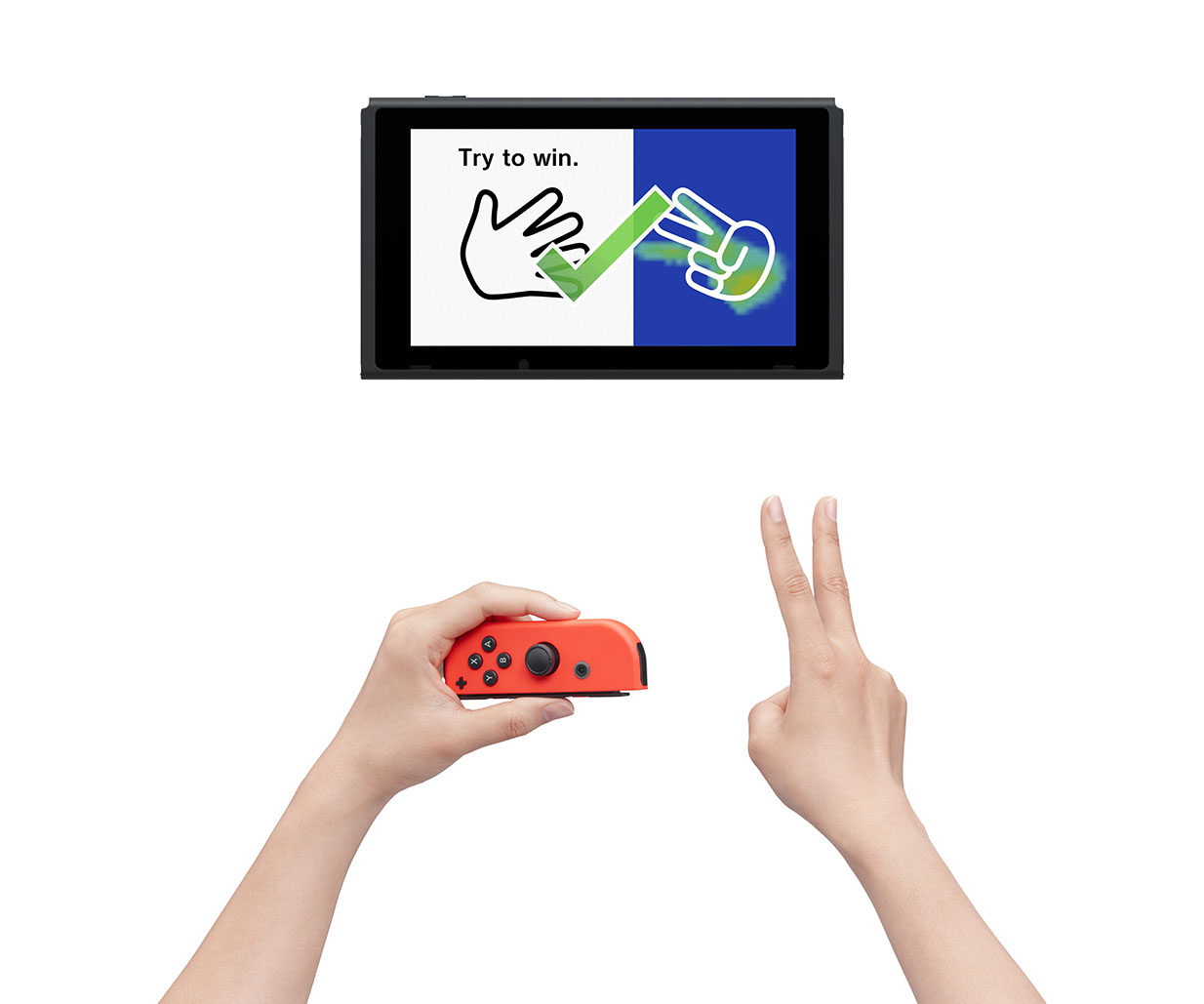
The game is restricted to handheld mode, which comes as little surprise considering its reliance on the device’s touch screen (outside a few exercises which we’ll get to). The physical version includes a stylus that’s both comfortable and allows for accurate scribbling. Fear not though digital fans, when using my finger I found it did the job fine enough too. There were a number of instances where the game had trouble recognising my handwriting though, a real pain especially since you’re trying to be prompt with your answers. Numbers like ‘5’ or ‘2’ and certain letters would get mixed up, only responding if I erased and tried again. A little annoying but far from game ruining.
One other control method involves the Joy-Con’s infrared sensor as you hold up fingers to answer simple arithmetic questions or play games of Rock-Paper-Scissors. Much like the touch screen option, the results are fairly accurate with few instances of misreading. It’s certainly clever; I’ll give it that, however, it feels a little clumsy since you need to physically disconnect the Joy-Con from the device and position it in front of your hand. Using the touch screen is simple and slick whereas this despite its impressive tech feels less so.
Dr. Kawashima’s Brain Training for Nintendo Switch – besides being quite the mouthful – is a welcome return for the series and a great fit for the console. Sure it’s a rather predictable experience but it’s one that in spite of its few hiccups manages to challenge and entertain in equal measures.
Version Tested: Nintendo Switch
Review copy provided by Nintendo

